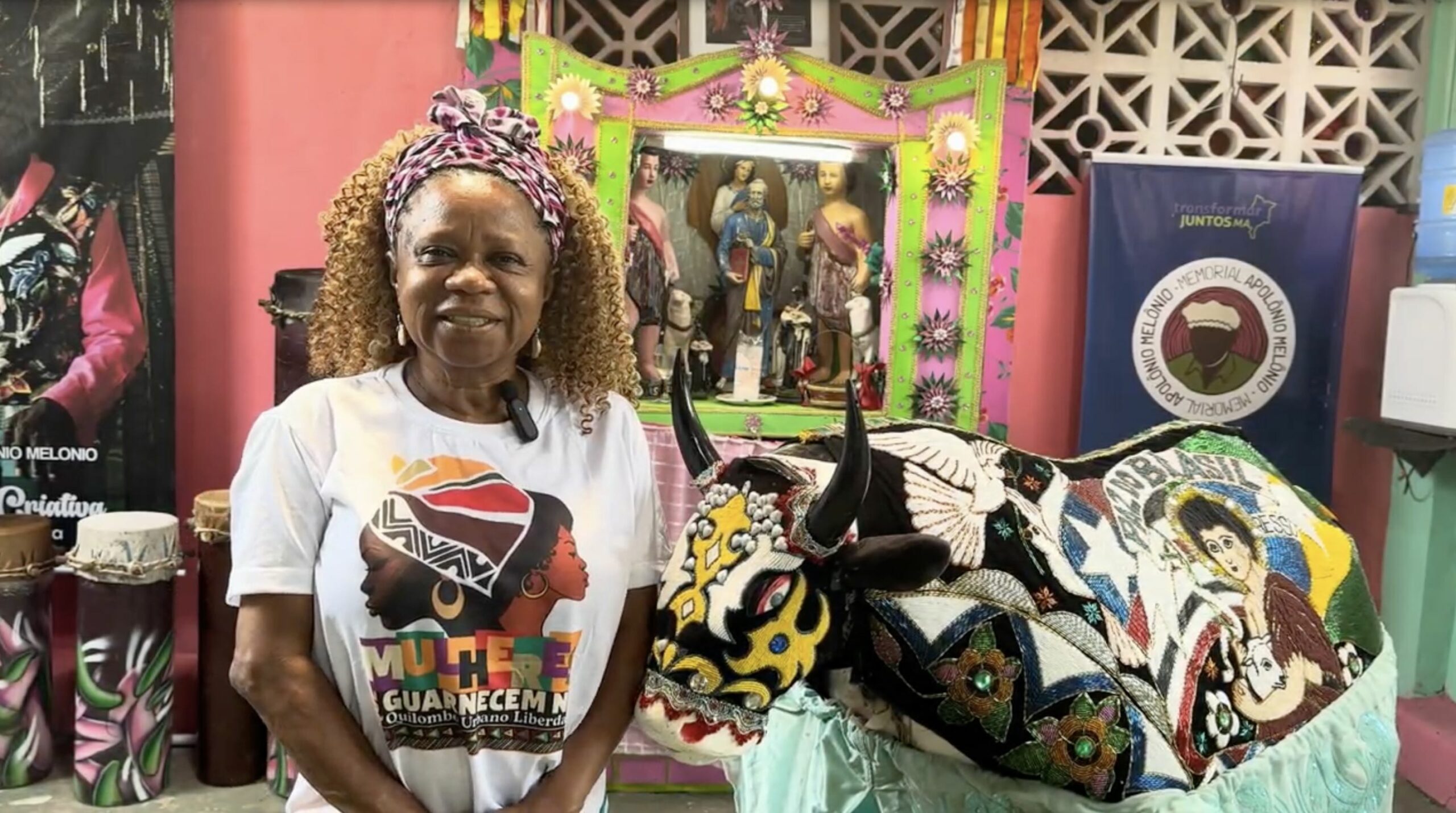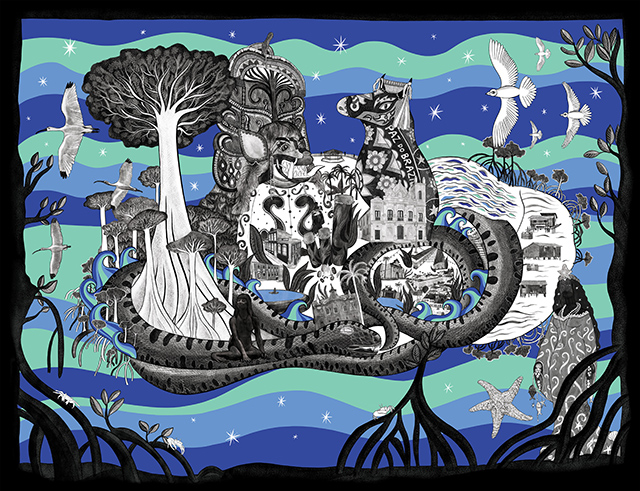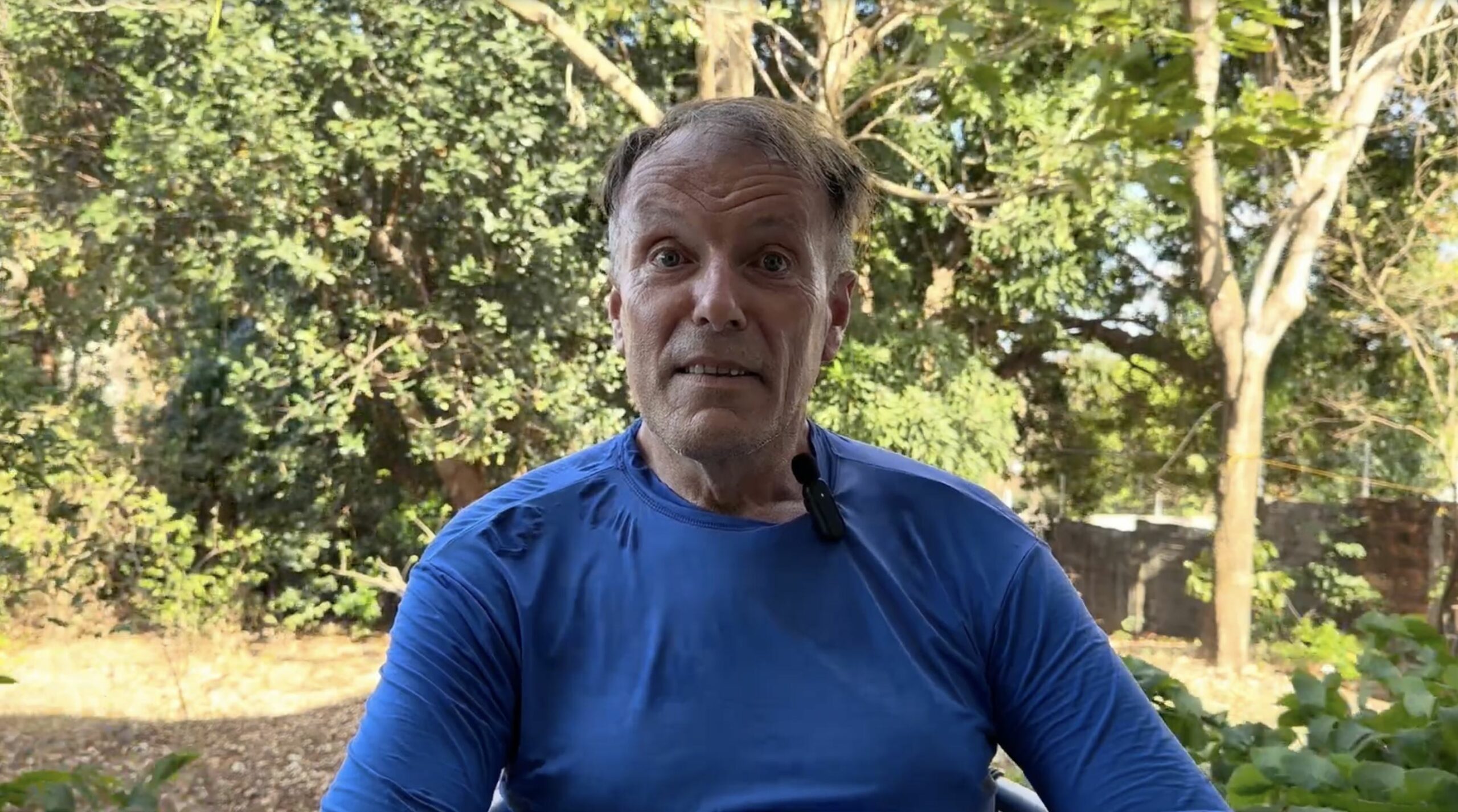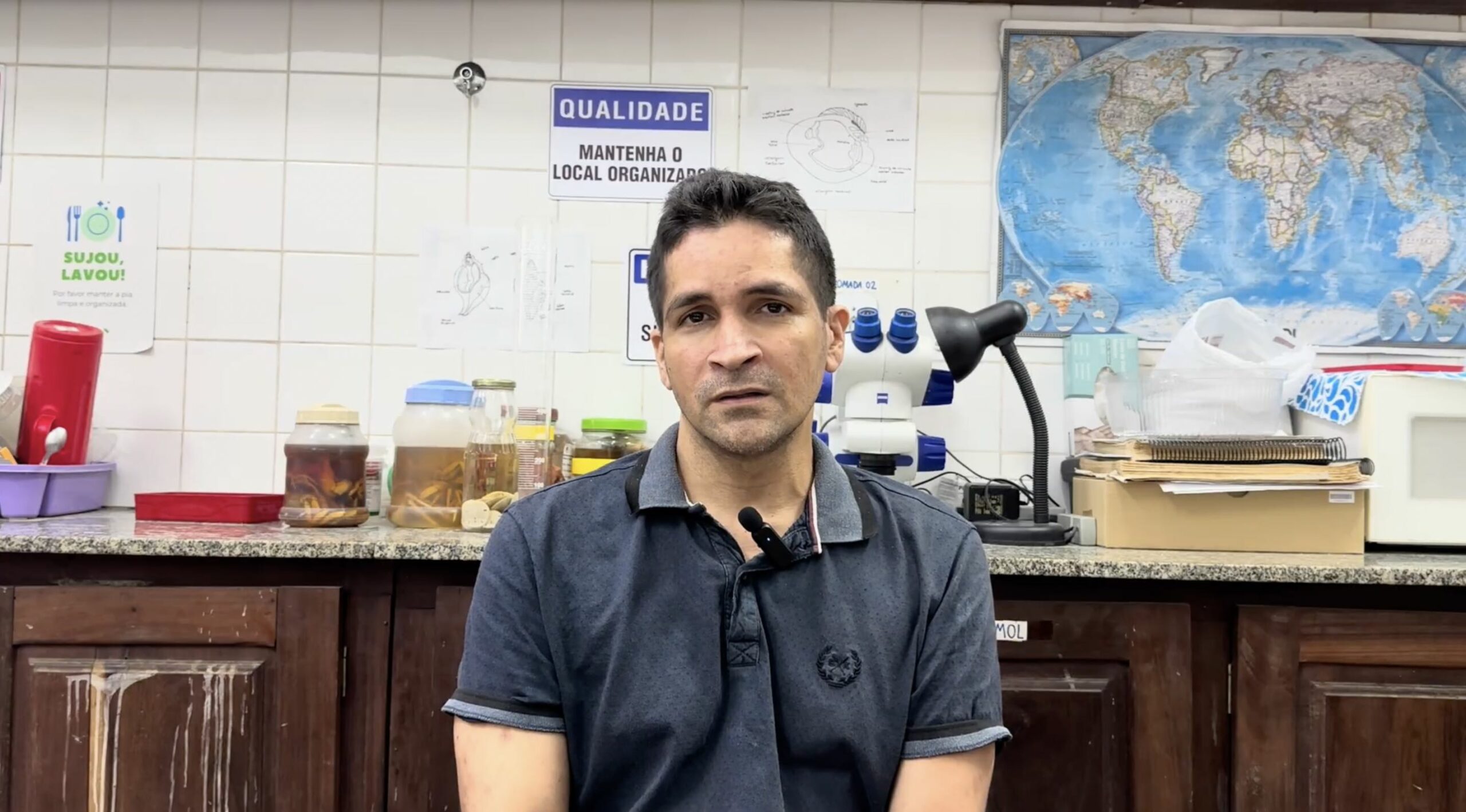
As part of our research on forms of cultural transmission and the sensitive relationships between traditional knowledge and the environment in Maranhão, we met Nadir Cruz, coordinator of Bumba-meu-boi da Floresta de Mestre Apolônio, located in the urban quilombo of Liberdade, in São Luís. She talks to us about embroidery as a cultural and political gesture, about Bumba-meu-boi as a collective mixed-race narrative, and about how this living art form helps to forge links between generations, between peoples, and between humans and nature.
An art rooted in a quilombola territory
Nadir Cruz firmly anchors her work in a specific geographical, cultural and historical space; the urban quilombo of Liberdade, marked by a strong Afro-descendant heritage, is the cradle of her involvement in Bumba-meu-boi, an emblematic tradition of Maranhão. Here, embroidery is not simply a craft, but a living practice that connects the memory of a people, spirituality and the environment.
A skill that is passed on, shared and expanded
The embroidery used in Bumba-meu-boi follows a codified and demanding style: ‘We use traditional Bumba-meu-boi embroidery, i.e. sequins, beads, hexagonal Pearls.
This expertise is used to pass on the tradition: the Bumba-meu-boi space offers workshops on costume making and the construction of elements used in the ritual. This work also extends beyond traditional celebrations:
« We do embroidery work to order and we always like to work in partnership. […] This can be for decoration, personal clothing, fashion or environmental design. »
Embroidery thus becomes a bridge between tradition and innovation, at the crossroads of contemporary creation and collective memory.
A cosmology sewn with threads and beads
Bumba-meu-boi is a complex artistic expression that condenses historical, social and spiritual elements. It tells the story of the encounter between three founding peoples: « In Bumba-meu-boi, we tell the story of three ethnic groups: Europeans, Africans and indigenous peoples. These are the three elements that make up Bumba-meu-boi. ‘
This cosmogony is manifested in the embroidery through the representation of nature, which is omnipresent:
’We like to have flowers, leaves and birds. […] The name of the ox itself, “da Foresta”, which means “forest”, reminds us that there is a space for humans and nature to live together in harmony. »
In each embroidered piece, a poetic and spiritual interpretation of the environment takes shape: fauna, flora, and the cycles of life and death are stylised and sanctified.
A spontaneous, generational transmission
For Nadir, this tradition is perpetuated organically, through observation and imitation, often from childhood:
« The most interesting thing is that it is passed down from generation to generation. We start with the children, and they get into the habit of respecting nature. ‘
This informal education, embedded in gestures and stories, helps to build an ecological awareness:
’Our actions, the bonds we have as human beings with the environment in which we live, have consequences, whether positive or negative. »
She thus evokes a form of popular ecology, rooted in the senses, in the rhythm of time and in the relationships between living beings.
A spirituality embodied in the characters
Some of the characters in Bumba-meu-boi embody this spiritual dimension. Nadir cites Kazumba, a figure linked to spirituality, and Omolu, associated with the earth and the cycles of life:
She emphasises the symbolic presence of the four elements: air, water, earth and fire. The latter has a special place:
« Fire revives a piece of leather covered with a pandeiro. […] If it reacts, it means it is not dead, it is alive. It is respect for life after death. ‘
International artistic recognition
In 1994, the Bumba-meu-boi da Floresta group was invited to the World Puppet Theatre Festival in Charleville-Mézières, France:
’We went there with 30 people. […] These characters were a huge success. We had the opportunity to show the dance, the clothes we wear, including the embroidery.‘
This 15-day experience was a milestone for the collective:
’It was a great learning experience, because there are other customs, other ways of life. […] »
Testimonies from the same panel


